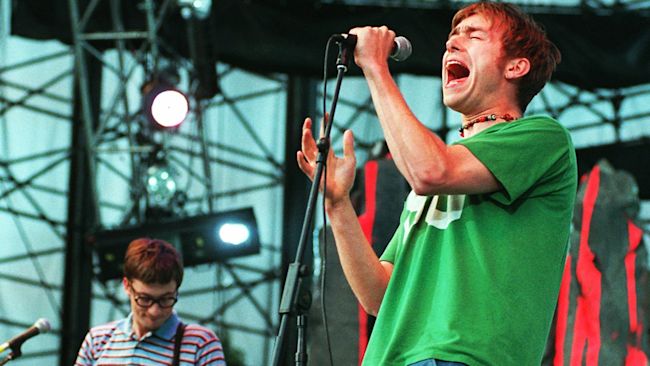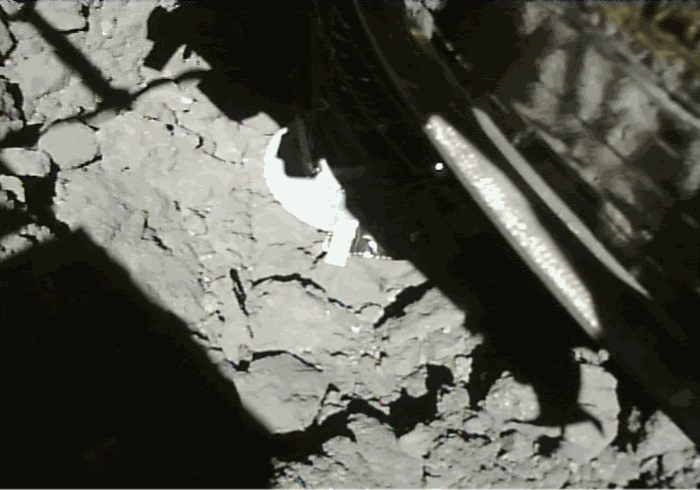The Ford-powered wagon went from stalled Pro Street project to award-winning custom in 16 short years.
Before they became valued as cool restos and street rods, woodies were regarded as utilitarian workhorses, popular as shuttle vehicles for hotels or as sensible family cars. It was their practicality that made them popular with surfers—and their popularity with surfers that finally made them cool with everybody else.
That combination of practicality and coolness is the reason why Greg Tidwell of Modesto, California, bought and built this 1950 Ford woodie. His wife, Penni, was pregnant at the time, and Greg wanted a street rod to drive to car shows that was big enough to fit the family and all of the accompanying child gear like strollers. "I decided that a woodie would do the trick," he said. "It was also easier to convince my wife that we needed another street rod." As it turned out, the project took a little bit longer than anticipated and ended up a lot better than expected.
Bona Fide Barn Find
 © Eric Geisert
© Eric GeisertGreg located and purchased a wagon that looked promising but turned out to be farther gone than it first appeared. Ron Wright, a woodie enthusiast and builder, and the owner of Campbell Ford Performance in Campbell, California, had been working on the car and found the right replacement down the road in Gilroy. The 1950 Ford had been sitting in a barn and from the looks of it and was being built as a Pro Street car before progress stalled. Most of the parts were missing, but a brand-new set of wood, carefully wrapped in shipping blankets, was stored near the car.





The car was purchased and delivered to Campbell Ford Performance, where it became the raw material for Tidwell's custom, with the first car retained for parts. The stock chassis was modified with a Fatman Fabrications Mustang II-style front clip, including tubular A-arms and dropped spindles, coilovers, and a 7/8-inch sway bar. The Ford 9-inch rear is suspended with tubular gas shocks and parallel leaf springs.
The overall theme is something along the lines of traditional with a twist and, to our eyes, Greg's wheel and tire choice is right on. Mike Stallings at Circle Racing Wheels came up with the custom design, brought to life by the 17x7 and 18x8 custom wheels. Bridgestone Ecopia tires measure 215/55R17 and 235/55R18. Baer brakes with 13-inch front discs and 12-inchers in the rear have no problem slowing things down.
The Perfect Paint
During his search for a wagon, Greg had met Terri Hollenbeck, whose husband, Darryl, is one of the best-known painters in the country. Darryl's talent has helped earn big awards for many hot rods, in addition to an America's Most Beautiful Roadster award for his own '32 Ford highboy.
At Vintage Color Studio, Hollenbeck's shop in Concord, California, Greg asked for a color that looked stock but a little different—something timeless that would stay in style. "Darryl sprayed out a sample of early Ferrari Burgundy, a rich British racing green, and a special blue that he'd come up with," Greg said. "I took the samples home with me and asked Penni and our son Wyatt to choose. They both agreed on the blue, although there is still disagreement as to who picked it first."






32 SLIDES © Eric Geisert
Ford in a Ford
Under the hood, that blue paint meets Blue Oval power in the form of a Ford 302 engine. A FAST fuel injection system and Inglese 8-stacks provide reliable, up-to-date performance with a retro-inspired appearance. An MSD ignition fires the mixture, with gases drawn out by custom headers and exhaust pipes, corked with Magnaflow mufflers. The Ford AOD transmission delivers torque to 3.73:1 gears in the Ford 9-inch.
South City, Here We Come
By the time the wagon was painted, Ron Wright had retired. Darryl recommended Bill Ganahl at South City Rod & Custom in Hayward, California, for continuing the work on the woodie. "I met with Bill and told him my vision for the car. He gave me a budget and a time line. I stuck to neither." Greg told us.
Ganahl and the fabricators at South City made exterior modifications that retained the classic look, but they also customized it and cleaned it up. They refined the hood trim and swapped the grille for a simpler 1949 version, frenched the headlights, modified the tailgate, and added 1951 quarter windows. Ganahl fabricated a pair of custom taillights, a scaled-down version of the originals, which were mounted on the rear sheetmetal, a change from the stock location on the tailgate.
Exotic Timber

The wood that had come with the car was no longer up to the standards of the project and needed to be upgraded. A replacement set was built, but not to the expected quality. Ultimately, Rick Mack at Rick Mack Enterprises in Tacoma, Washington, came through with some outstanding exterior and interior wood. The exterior combines bird's-eye maple frames, with pommele sapele panels from Africa. The dark brown pommele sapele continues on the interior. The wood was varnished by Bob Johnson for a golden patina, then taken to Joe Compari at Compari Color for the final sanding of the varnish and a coat of PPG clear.
Interior Attention
With the wood finished and installed, the wagon was delivered to Plante Interior in Santa Rosa, California. Chris Plante built the custom seats, using a Glide Engineering split-back bench frame for the front, and upholstered them in beautiful double top-stitched leather. The upholstery is a similar in color to the pommele sapele wood and has the rugged but elegant look that Greg was after. Oatmeal-colored high-quality square weave carpet covers the floor. The instruments in the 1951 Ford dash have been converted to 12-volt and updated with modern movements. Leather pouches were added just rear of the doors. Those, along with a 12-volt plug and USB ports provide more of the practicality that Greg always wanted. A vintage heater box was added that houses vents for the Vintage Air A/C plus more USB ports. A Bluetooth Harmon Infinity Kappa 5 amplifier is located out of sight underneath the front seat, with JBL coaxial speakers installed in the rear seat. Back at South City Rod & Custom, Bill Ganahl added the finishing touches with some low-key chrome trim for the interior panels and a reproduction Ford Crestliner steering wheel mounted on an ididit tilt column.
About 16 years had passed between the day that Greg bought his work-in-progress woodie out of a barn in Gilroy and the day that his beautifully finished 1950 Ford wagon started grabbing up car show prizes, including Outstanding Custom awards at the Grand National Roadster Show and Sacramento Autorama, Builder's Choice at the Goodguys West Coast Nationals, and the Woodie Owners' Favorite trophy at the Woodies on the Wharf show in Santa Cruz. By then, practical considerations like space for a stroller were no longer a priority. If the street rod gene has been inherited by Greg's son Wyatt, the next practical consideration might be another set of keys.
10 Details That Got This 1950 Ford Woodie Into the Hot Rod Photo Studio
Custom Washington Blue-inspired paint
Beautiful exotic wood panels
Elegant heavy-duty leather upholstery
Frenched headlights
Custom wheels
Sanitary body lines
8-stack injected Ford engine
Ford Crestliner steering wheel
Vintage heater box
It's a woodie















